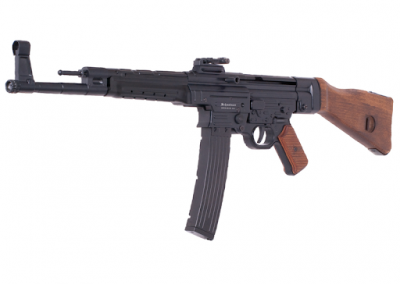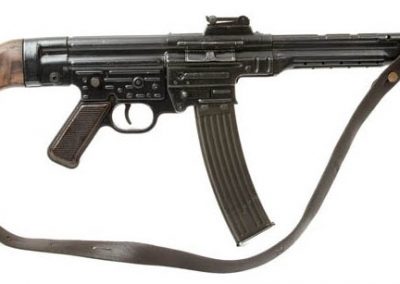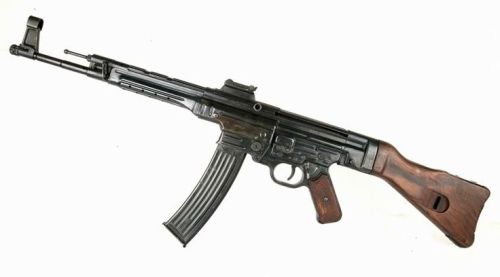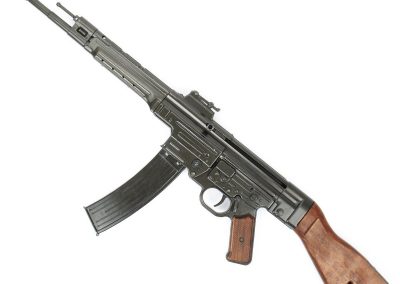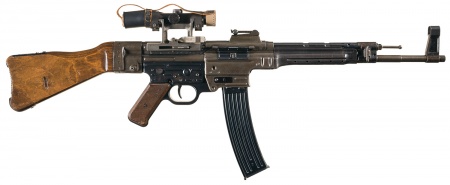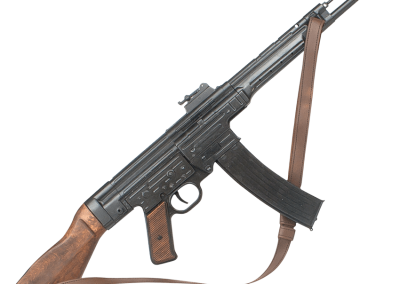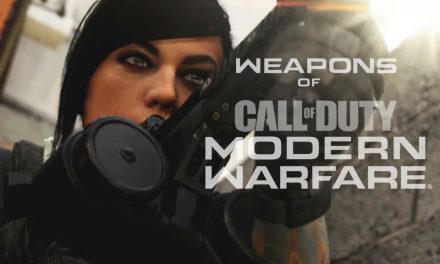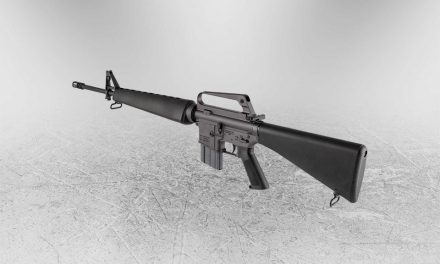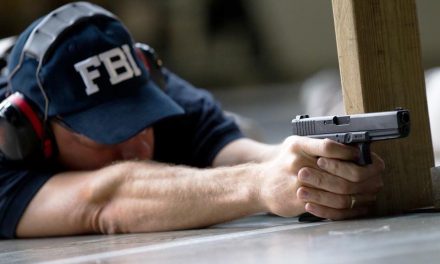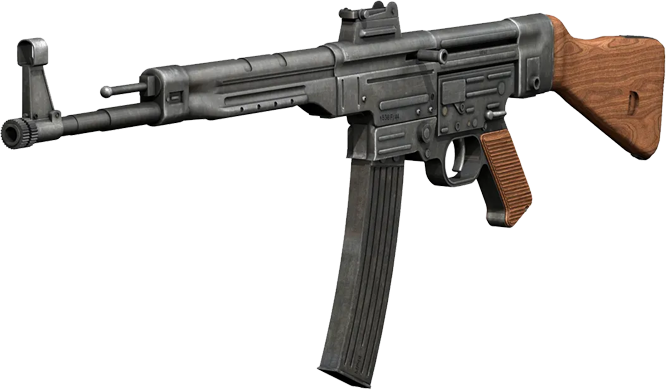
Specifications
Sturmgewehr 44 (STG 44)
The AK before the AK
WWII
First
German Made
Specifications
Introduced during WWII, this weapon is essentially the introduction to the Assault Rifle
Overview
The gun that started a brand new weapon type – the Assault Rifle. The Sturmgewehr 44 (STG 44) was developed during the middle of World War 2 to satisfy a need for a weapon that would reach the range of a typical battle rifle and the higher rate of fire as with most submachine guns of that day. Unfortunately, it wasn’t used much as the STG 44 was introduced too late in the war to see tremendous results. It did, however, make a strong impression to the Soviets after the war so that they were able to create the most used Assault Rifle in the world – the AK-47.
The AK-47 was based off of the STG 44
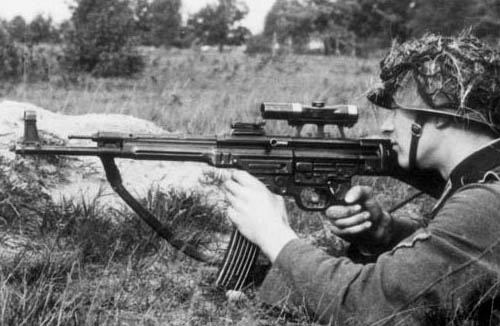
German soldier shooting STG 44 with scope (Credit)
The STG 44 was designed by Hugo Schmeisser who designed a number of weapons for the German military. There was a need to have a rifle established to shoot a cartridge that shot farther than the standard 9mm ammunition that many weapons in the standard German armament used. The 7.92×33mm Kurz was developed to fit this need. This ammo type was a split between the standard rifle caliber of 7.92×57mm Mauser used by the majority of the German’s battle rifles and the smaller 9mm used in German submachine guns and handguns.
The first versions of the STG 44 were designated the MP 43 to replace the other German rifles at the time. This was done behind Hitler’s back and he halted production to undergo more testing. He then re-designated it to the MP 44 and nicknamed it the “Sturmgewehr” ultimately assigning the final designation to the STG 44.
Design
The STG 44 is of a long stroke piston design which means the bolt group is all connected together. This made the weapon simple and effective but heavy. The AK copied this design also.
A couple of other characteristics became standard designs for many of today’s firearms. The STG 44 is one of the first guns to support a high capacity magazine with a rifle sized cartridge. The magazine release also inspired the magazine release in the AR-15
The STG 44 also sported a select fire switch which changed the firing mode to 3 separate modes – safe, semi auto, and full auto
Introduction tardiness
World War II lasted 6 years. The STG 44 was produced right in the middle of the war and during 1943 and really didn’t get into the hands of the German soldiers until 1944. Apparently, Hitler was dragging his feet to approve the production of the rifle. This hindered the use of this rifle in the war considerably. Since 1945 was the end of the war, the STG 44 didn’t get much overall service.
Functionality Issues
The overall functionality of the STG 44 was state of art at the time. Accuracy was on point and recoil was extremely manageable specifically on full auto.
One specific problem came with the magazine. The magazine design didn’t seat the magazine in properly which led the magazine to wiggle inside the magazine well. This led to some jamming issues which caused the soldiers to not load the magazine up fully.
Overview
The Germans at the time didn’t know the potential the STG 44 had at the time. Since it was released late in the war, it didn’t see much action. It did get more action in other various wars after World War II.
As you may know, this style of firearm has become a mainstay in militaries all over the world. You would be hard pressed to find any military around the world where an Assault Rifle is not the standard issue weapon given to its soldiers. The AR15 and the Ak47 have used elements of this weapon to create their own look and feel.
If you can still get your hands on an STG 44, you will be holding and firing a piece of history that has changed how firearms are used today.

